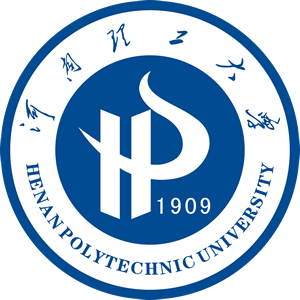
地址: 河南省焦作市高新区世纪路2001号[454000] Tel: 0391-3987069 E-mail: zkxb@hpu.edu.cn,skxb@hpu.edu.cn |

请您访问
|

社会科学版
|
| 供稿: 闫琳琳 | 时间: 2018-12-20 | 次数: |
作者:闫琳琳
作者单位:西北工业大学人文与经法学院
摘要:德国翻译功能派代表人物之一Vermeer提出的目的论广泛应用于实用文体翻译。作为对传统"等值"观的一个重大突破和翻译理论的创新,目的论为实用文体,如旅游宣传资料等的翻译策略研究打开了新视角。该理论注重译文在目的语文化中的交际功能,强调翻译的目的决定译文所采取的翻译策略。本文在总结前人研究的基础上,以目的论三大法则为指导,以旅游宣传资料的汉英互译为中心,分析其功能及在汉英两种语言中的不同实现方式,探讨旅游宣传资料的具体翻译策略,以期指导相应的翻译实践,促进旅游业进一步发展。
DOI:10.16698/j.hpu(social.sciences).1673-9779.2011.04.003
分类号:H315.9
Abstract:Skopostheorie is put forward by Vermeer who is one of the representatives of German Functionalist Translation theory,and has been extensively employed in practical translation.As a break with the tranditional idea of equivalence and important theoretical creation of translation,skopostheorie has opened a new perspective for the study on translation strategies of practical texts,such as tourist materials.It emphasizes the communicative function of translated texts in the target culture,and strengthens that the purpose of translation determines traditional strategies.Based on the previous study and guided by the three rules of skopostheorie,this paper focuses on the Chinese and English translation of tourist materials,analyses their functions and discusses different means of realizing these functions between English and Chinese.Then the paper explores five translation strategies under the guidance of skopostheorie,aiming at improving the quality of tourist materials translation and promoting the farther development of tourism.